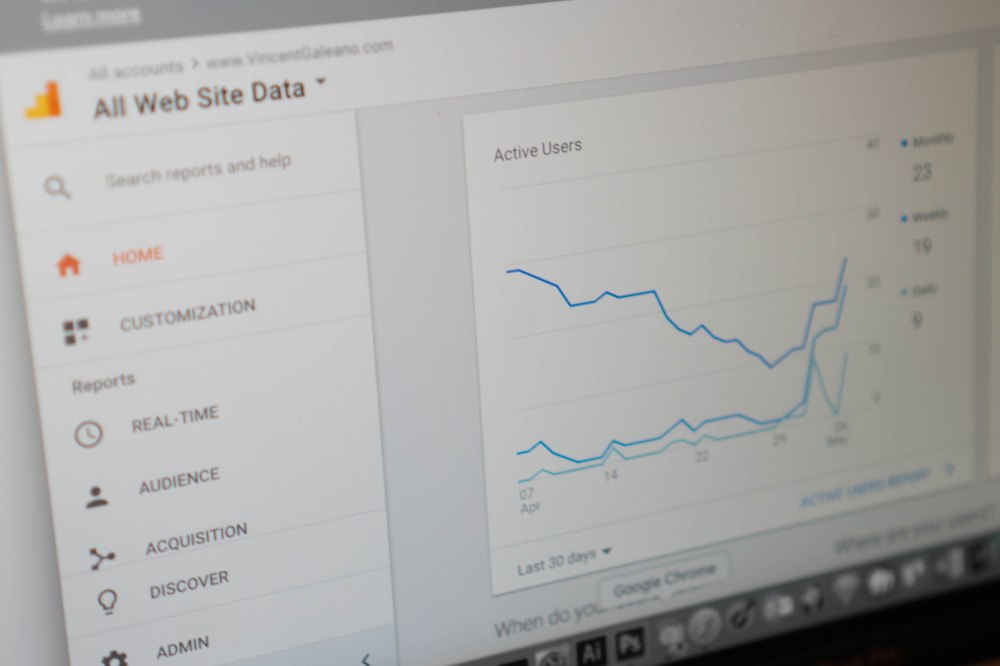5 minutes read

In a blog post not long ago, we discussed the phenomenon known as a rankings drop – where websites lose their rankings on search engine results pages for a variety of reasons. Through thorough study and analysis (not to mention official announcements by Google), we discovered that this often happens due to proactive actions by the search giant to improve the overall user experience through search algorithm updates.
Over the years, we have seen a number of Google algorithmic introductions cause panic and confusion in the SEO and digital marketing community. Among the most resounding of them are the Panda and Penguin updates.
In this blog, we will discuss the purpose of Google Panda and its impact on the search engine landscape.
Google Panda – the Content High Council
In January 2011, Google announced that it would take action against spammy content online, in line with its efforts to help searchers find the information they need and improve the overall search engine user experience. Basically, Panda is designed to target sites that contain low levels of unique content – it demotes the rankings of websites that have thin, low quality content.
The algorithm does this by evaluating the uniqueness and quality of the web content, and adjusting the rankings for the pages accordingly.
While Google claims that the algorithm is not aimed at any particular type of website, Panda hit content farms the hardest. Content farms are websites that have been developed to achieve top rankings in search engine results by featuring a large amount of low-quality content or content sourced and aggregated from other websites.
Core Algorithm Integration
Since it was first implemented in February 2011, the algorithm has undergone numerous updates, which SEOs and digital marketers have tried to anticipate and brace for over the years. However, as of January 2016, it has been confirmed that Panda has been fully incorporated as one of Google’s core ranking algorithms.
This means that, instead of undergoing periodic algorithm updates, Panda will run in real-time as one of approximately 200 ranking signals that Google utilises to determine rankings in search engine results pages.
This is good news for websites, as it translates to a shorter recovery period for Panda-related penalties. In some cases, content updates have yielded improvements in rankings as soon as Google caches the updated pages. Furthermore, depending on the onsite quality of webpages, individual page rankings have the potential to improve even further in the following days and weeks.
Essentially, as long as you have sufficient, original, relevant content on your website directed at helping users find what they need online, you will find yourself in the Light Side of Google.
In the next episode of our epic saga, we will discuss Google Penguin, and how it has changed the search marketing outlook.
Have any comments, questions, or suggestions? Let us know by commenting below!Facebook



 5 min read
5 min read



